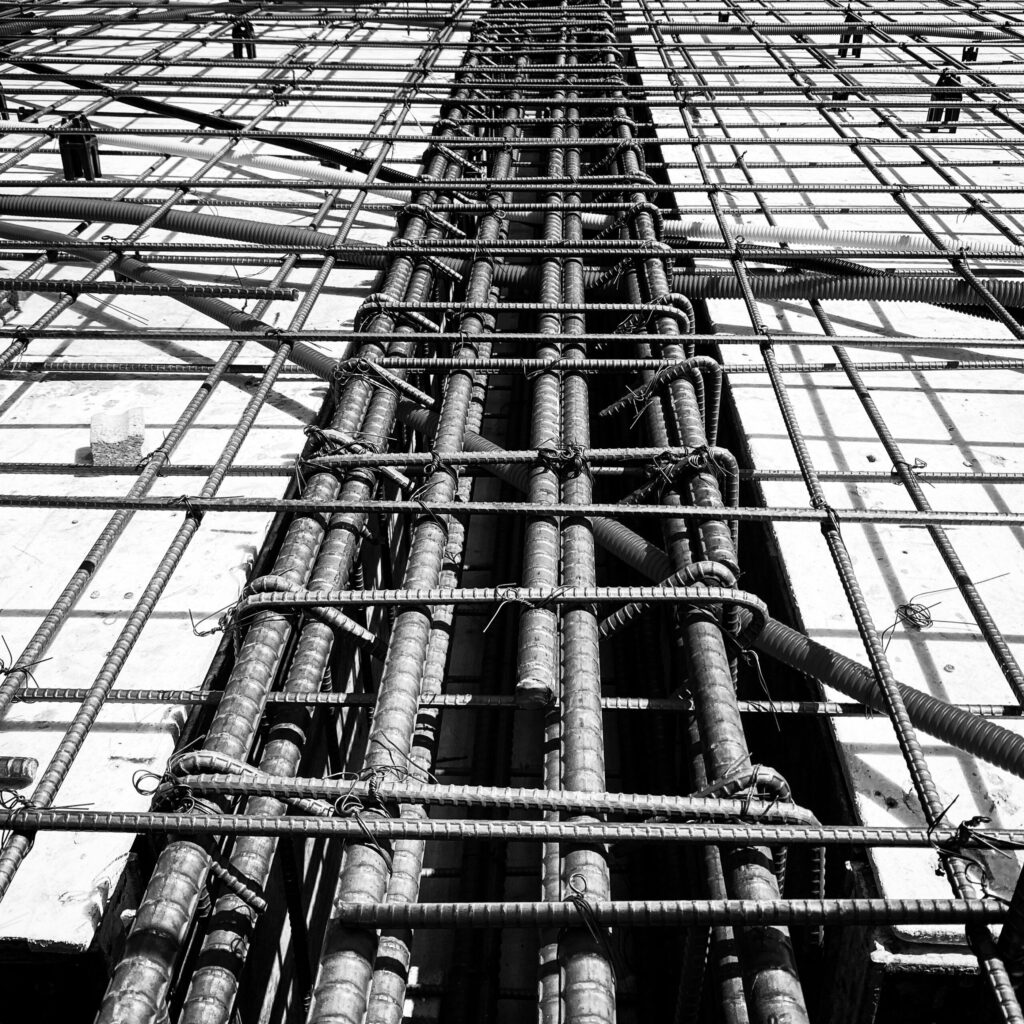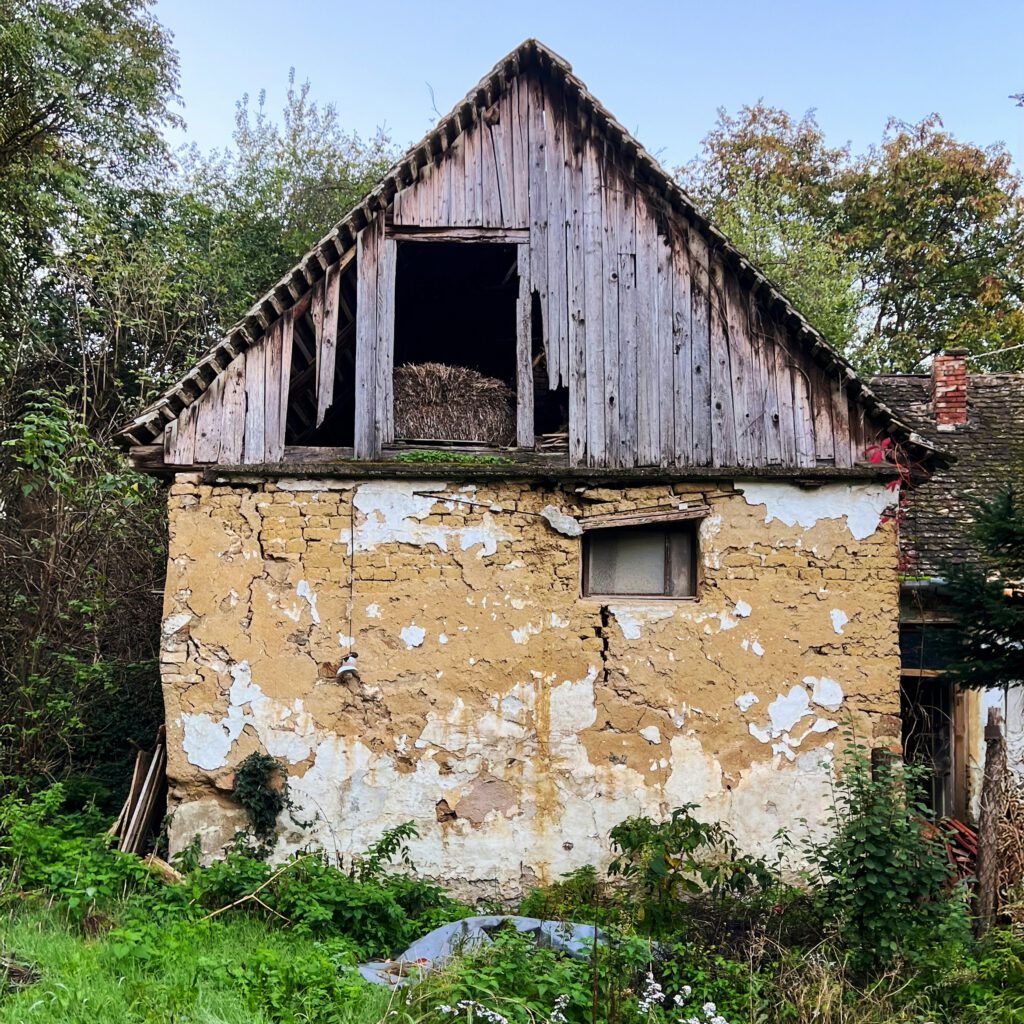A couple of years ago, I embarked on what I thought would be an exciting adventure: remodeling my home’s kitchen. I imagined new countertops gleaming under pendant lights, a spacious island perfect for gatherings, and custom cabinets that would transform the whole space. What I didn’t imagine were the unexpected costs, the weeks without a working stove, and the headaches that came from overlooked details.
That experience taught me some valuable lessons — lessons I wish someone had shared with me before I started. Whether you’re planning a full-scale renovation or just a small refresh, avoiding these five common mistakes can save you time, money, and stress.
1. Underestimating the Budget
When I first planned my kitchen remodel, I sat down and carefully listed everything I wanted: new cabinets, updated appliances, fresh flooring, and beautiful countertops. I added up the costs, feeling confident in my numbers. But what I didn’t factor in were the hidden costs: permit fees, delivery charges, waste disposal, and the small extras like cabinet handles or lighting fixtures.
By the end of the project, I had blown past my budget by almost 25%.

Tip:
Always build a cushion into your budget — experts recommend setting aside at least 15–20% extra for unexpected expenses. There will always be surprises: maybe you uncover water damage when you remove old tiles, or maybe material prices increase suddenly. Giving yourself breathing room in your finances means you won’t have to make tough sacrifices midway through.
2. Rushing the Planning Phase
I was so excited to get started that I made quick decisions just to keep things moving. I picked the first set of tiles that caught my eye, ordered cabinets before double-checking measurements, and didn’t bother creating a detailed timeline.
The result? We realized halfway through that the cabinets were slightly too large, forcing us to reorder them (with delays). The tiles I loved turned out to be a nightmare to clean. And because I hadn’t planned a realistic timeline, I was stuck living without a functional kitchen for weeks longer than expected.

Tip:
Take your time in the planning phase. This is when you should carefully consider:
- What materials best fit your lifestyle (not just your aesthetic)?
- Are your measurements precise?
- What is the step-by-step timeline, and how will delays impact each stage?
- Are there any long lead-time items you need to order early?
Rushing here can create a domino effect of mistakes later on.
3. Ignoring the Structural Work
One of the most common renovation mistakes is focusing purely on cosmetic changes — new paint, trendy light fixtures, or statement wallpaper — without checking the condition of what’s underneath.
In my remodel, we planned to knock down a small wall to open up the kitchen to the living area. It seemed simple enough… until we discovered that wall was load-bearing. We couldn’t just remove it without bringing in a structural engineer and adding a supporting beam. That unexpected complication cost us weeks and thousands of dollars.

Tip:
Before making any structural changes, consult with a qualified professional. Structural issues, plumbing, wiring, and HVAC work are not places to cut corners. If you uncover foundational or behind-the-wall problems during your remodel, fix them properly — even if it means stretching your budget. Cosmetic improvements won’t matter much if your home has underlying safety or stability issues.
4. Hiring the Wrong Help (or Not Enough Help)
In the early stages of my renovation, I thought I could manage much of it myself. I was handy enough to paint walls and assemble furniture — how hard could it be to oversee a kitchen remodel? Pretty hard, it turns out.
I hired a contractor based on price alone, skipping background checks or reviews. They cut corners on plumbing connections, which we only discovered later when a pipe leaked behind the wall. I also didn’t realize how much coordination was needed between electricians, plumbers, and carpenters. What should have been a smooth process became a jumbled mess of miscommunications and delays.

Tip:
Hire experienced professionals with strong references, and be willing to pay for quality. Cheap labor might seem like a good deal upfront, but fixing mistakes later will cost you more. If you’re managing the project yourself, understand that you’re effectively acting as the general contractor — coordinating schedules, managing supplies, and making sure work is done to code. Don’t underestimate the time and responsibility that comes with that role.
5. Forgetting About Daily Life During Construction
This was probably the mistake that impacted me the most. I focused so much on the finished project that I didn’t plan for the day-to-day realities of living through a remodel.
Without a working kitchen, I spent weeks eating takeout, which wasn’t great for my health or my wallet. Dust crept into parts of the house I thought were sealed off. The constant noise and mess made it hard to work from home. And I hadn’t considered how stressful the disruption would be on my family.

Tip:
Plan ahead for how you’ll live during the remodel:
- Set up a temporary kitchen (microwave, mini-fridge, coffee maker).
- Seal off construction areas with plastic sheeting to contain dust.
- Adjust your work-from-home setup if needed.
- Consider staying elsewhere for particularly messy phases.
Most importantly, mentally prepare yourself (and your household) for the disruption. Remodeling isn’t just a design project — it’s a temporary lifestyle change.
Remodeling your home is one of the most exciting and rewarding projects you can take on. It’s a chance to transform your space, increase your home’s value, and make it truly your own. But it’s also filled with hidden challenges that can turn your dream project into a stressful experience if you’re not prepared.
From my own journey, I learned that careful planning, budgeting wisely, hiring the right help, and preparing for life during construction are key to success. Take the time to do things right, and you’ll come out on the other side with a home that’s not just beautiful — but built to last.
If you’re about to start your own remodel, I wish you the best of luck. Remember, patience and preparation will serve you far better than rushing or cutting corners. Here’s to creating a home you love!




